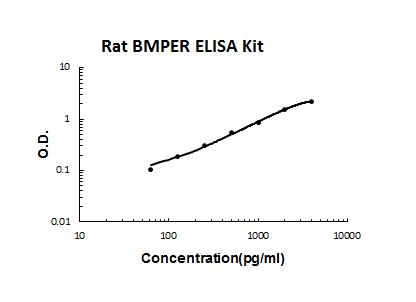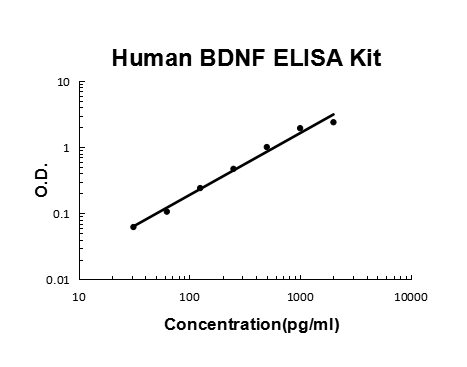Description
Antigen: native bovine ubiquitin conjugated to KLH • Host: rabbit • Cross Reactivity: (+) human, monkey, mouse, rat, hamster, rabbit, guinea pig, bovine, porcine, canine, pvine, chicken, Xenopus, yeast, Drosophila, and Rainbow Trout ubiquitin • Application(s): WB, IP, and ChIP • Ubiquitin functions to clear abnormal, foreign and improperly folded proteins by targeting them for degradation by the 26S proteasome. The ubiquitination process participates in the internalization and degradation of plasma membrane proteins and also plays a role in regulating signal transduction cascades through the elimination of inhibitor proteins.
Synonyms:
Immunogen: Native bovine ubiquitin conjugated to KLH
Formulation: Rabbit Serum
Isotype:
Applications: WB, IP, and ChIP
Origin: Animal/Rabbit
Stability: 365 days
Application|Immunoprecipitation||Application|Western Blot||Product Type|Antibodies|Polyclonal Antibodies||Research Area|Cell Biology|Proteolysis|Ubiquitin/Proteasome System


